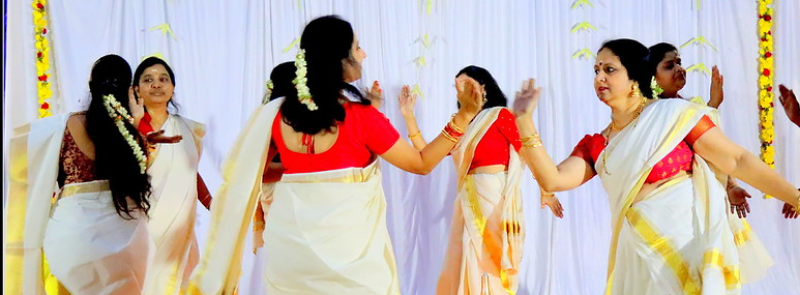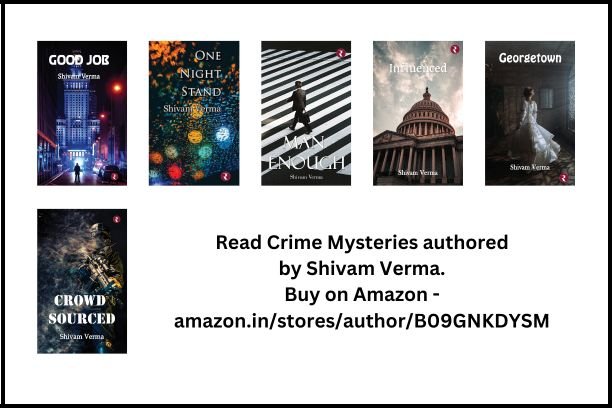
When It Occurs
Annually From Nakshatra Thiruvonam in Month of Chingam
Timeline
Days Passed (442)
# Hashtags
#Onam #KeralaFestivity
Onam is a significant 10-day Hindu festival observed in the Indian state of Kerala. As the official state festival, it holds great cultural importance for the people of Kerala. Celebrated in either August or September, Onam marks the conclusion of the harvest season and the conclusion of the monsoon.
A popular legend associated with Onam narrates the welcoming of King Mahabali, whose spirit is believed to visit Kerala during this festive period. Additionally, the festival serves as a commemoration of Vamana and the benevolent daitya king Mahabali.
Significance of Onam
Onam is celebrated to honor King Mahabali, a legendary ruler of Kerala. According to Hindu mythology, Mahabali was a benevolent and just king under whose reign Kerala experienced a golden era of prosperity, happiness, and peace. Onam marks the annual return of Mahabali from the underworld (Patala) to visit his people, and Keralites welcome him with grand celebrations, reflecting unity, love, and cultural heritage.
The festival is also associated with the harvest season and is celebrated to thank the gods for a bountiful yield. It showcases Kerala’s agrarian roots and traditional ways of life.
Mythology of King Mahabali
The mythology behind Onam is based on the legend of Vamana, an incarnation of Lord Vishnu. King Mahabali was a demon (Asura) king, but unlike many others in his race, he was known for his goodness, generosity, and humility. Under his rule, Kerala flourished, and there was no poverty or suffering.
Seeing Mahabali's growing power and popularity, the gods became concerned that he might become too powerful. To curb his influence, Lord Vishnu took the form of a dwarf Brahmin, Vamana, and visited Mahabali. Vamana asked Mahabali for three paces of land, and Mahabali generously agreed. Vamana then grew in size and covered the earth and the heavens in two strides, leaving nowhere for the third step. Mahabali, realizing that Vamana was Lord Vishnu, humbly offered his own head for the third step. Vamana pushed Mahabali to the underworld but granted him the boon to visit his people once a year, and this annual visit is celebrated as Onam.
Celebrations and Traditions
Onam is a 10-day festival, with each day having its own importance and traditions. The main celebrations typically happen on the Thiruvonam day, which is the most auspicious day. Here are the major elements of Onam celebrations:
-
Pookalam (Flower Rangoli):
- During Onam, families create intricate and colorful Pookalam, or flower rangolis, on the ground at the entrance of homes. The Pookalam is a symbol of welcoming King Mahabali. Fresh flowers of various colors are arranged in beautiful designs, with each day’s Pookalam becoming more elaborate as the festival progresses.
-
Onam Sadhya (Grand Feast):
- The Onam Sadhya is a traditional vegetarian feast served on a banana leaf. It is one of the most anticipated aspects of the festival. The meal typically consists of 26 to 28 different dishes, including rice, various curries, pickles, chutneys, payasam (a traditional sweet dish), and papad. This elaborate meal is a symbol of abundance and unity, with families and friends gathering together to enjoy it.
-
Vallam Kali (Boat Race):
- One of the most spectacular events of Onam is the Vallam Kali, or snake boat race, held on the backwaters of Kerala. Long, narrow boats resembling snakes race through the rivers with rowers working in sync to traditional songs and chants. The Nehru Trophy Boat Race, held in Alappuzha, is one of the most famous boat races during Onam.
-
Onakkodi (New Clothes):
- Wearing new clothes, known as Onakkodi, is a tradition during Onam. On the day of Thiruvonam, people dress in traditional attire, with women often wearing the white and gold Kasavu saree, while men wear Mundu.
-
Traditional Dances and Arts:
- Onam is a celebration of Kerala’s rich cultural heritage. Traditional dance forms like Thiruvathira Kali, Pulikali, Kathakali, and Kummattikali are performed during the festival. Thiruvathira Kali is a graceful dance performed by women in a circle around a lamp, while Pulikali (Tiger Dance) involves men painting themselves as tigers and leopards and dancing to the beat of traditional drums.
- Kathakali, Kerala's classical dance-drama form, is also performed, often depicting episodes from Indian mythology.
-
Pulikali (Tiger Dance):
- Pulikali, also known as Kaduvakali, is a folk art performed by trained artists during Onam. Performers paint themselves in the likeness of tigers with bright yellow, red, and black stripes and dance to the beat of drums, representing the playful side of the festival.
-
Games and Competitions:
- Various traditional games and sports, known as Onakalikal, are an integral part of Onam celebrations. These include Tug of War (Vadamvali), Uriyadi (a game in which participants try to break a hanging pot with a stick), and other traditional sports that bring people together in a festive spirit.
Ten Days of Onam Festival
The festival is spread over ten days, each with specific significance:
- Atham: The first day of the festival, marked by the creation of the Pookalam and the beginning of preparations.
- Chithira: Pookalam designs grow more elaborate, and households begin cleaning and decorating their homes.
- Chodhi: New clothes and items are bought as the festival preparations pick up pace.
- Vishakam: The traditional market becomes lively, and people buy ingredients for the Onam Sadhya.
- Anizham: Vallam Kali, or the boat races, begin on this day.
- Thriketa: Many families return to their ancestral homes to celebrate together.
- Moolam: Public celebrations and traditional art performances begin.
- Pooradam: The idols of Mahabali and Vamana are installed in homes.
- Uthradam: Known as the "First Onam," this is considered the eve of Onam, with preparations for the next day in full swing.
- Thiruvonam: The main day of the festival, marked by the grand Sadhya, prayers, and welcoming of Mahabali.
Onam in Modern Times
Onam continues to be a cultural and social festival in Kerala, celebrated by people of all religions and communities. It is a public holiday in the state, and the government, along with local organizations, hosts numerous cultural events, processions, and performances. Schools and colleges often hold Onam celebrations with Pookalam competitions, cultural programs, and feasts.
In the modern era, Onam has also become a global festival, with the Keralite diaspora celebrating the occasion in various parts of the world, especially in the Middle East, Europe, and North America.
Conclusion
Onam is a unique festival that blends mythology, cultural heritage, and community spirit. It celebrates unity, the agricultural prosperity of Kerala, and the eternal hope for a just and prosperous society, as exemplified by the reign of King Mahabali. With its colorful celebrations, rich traditions, and deep-rooted cultural significance, Onam holds a special place in the hearts of Keralites and is one of India's most cherished festivals.


